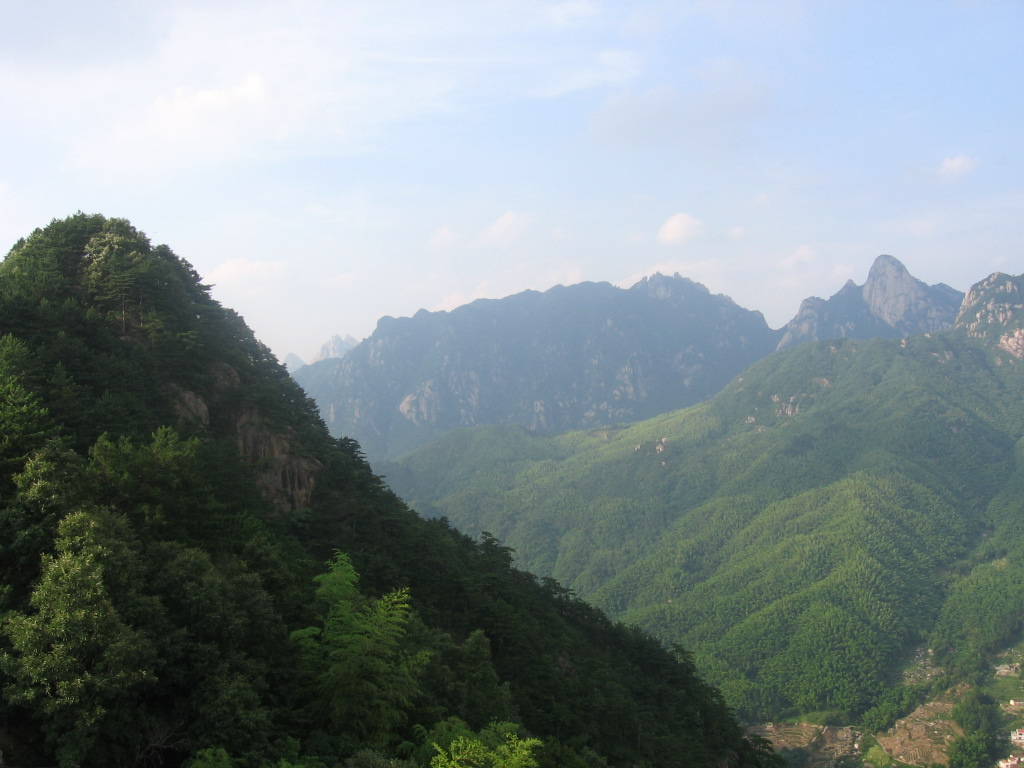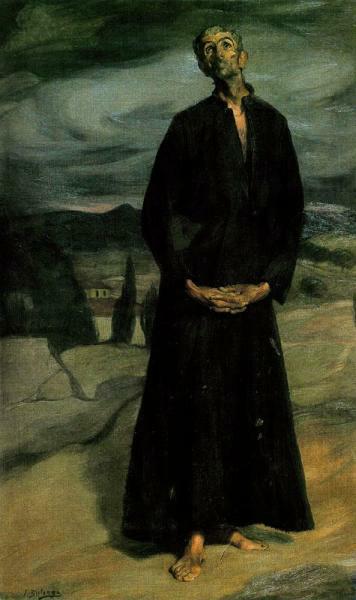Eric S. Fallick offers several essays on Platonism and Platonic-inspired interpretations at his website “Essays and Translations.” Of relevance to eremitism are “A Few Thoughts on Renunciation,” “The Practice of Contemplation,” “An Excerpt from Damascius’ Life of Isidore/The Philosophic History,” about a pre-Christian Greek renunciant, and “Homer on the Limitations of Institutionalized Monasticism: The Aeolus Episode of the Odyssey.”
Brought to our attention by a friend of Hermitary.
URL: http://independent.academia.edu/EricFallick
OLD URL: http://www.eumaiosllc.com

